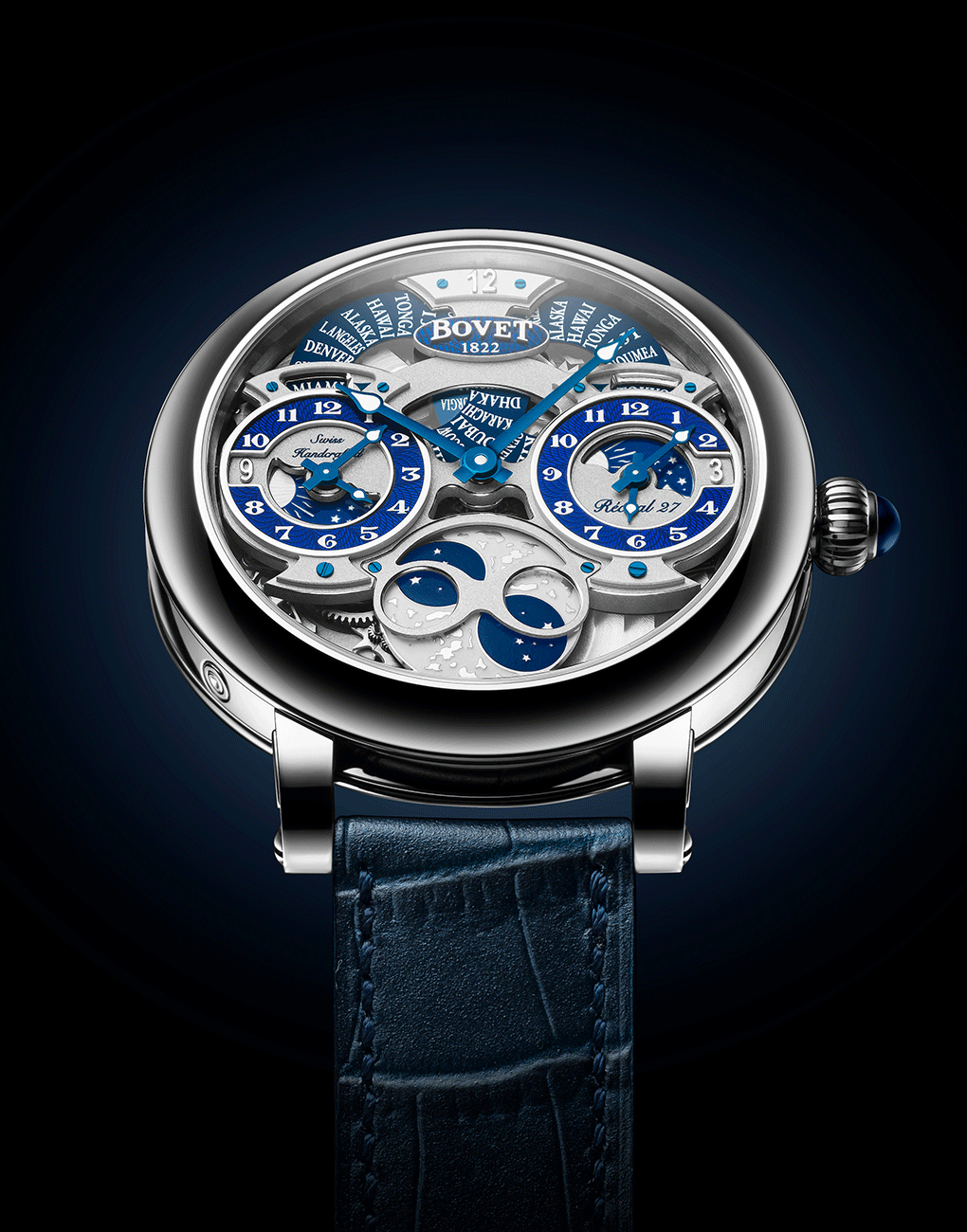Watch GlossaryStandard Time
Standard time is the established uniform or civil time of a specific region or even country for legal, commercial, and social purposes
May We Recommend
What Is The Meaning Of Standard Time?
Standard time is the established uniform or civil time of a specific region or even country for legal, commercial, and social purposes. It is associated with the local mean time at the meridian that passes through the region and synchronising the clocks within that jurisdiction. Time zones follow the boundaries between countries or regions, instead of strictly following the closest longitude.

An Explanation of Standard Time And Time Zones
Standard time was first established in the 19th-century to put an end to the chaos in railway timetables due to the different solar time duration in different regions. Adoption of this time method streamlined the relation between longitude and time, divided the globe into the Eastern Hemisphere and the Western Hemisphere, starting with the prime meridian through Greenwich, England, called Greenwich Mean Time (GMT). It is the yearly average (or mean) of the time when the sun crosses the Prime Meridian at the Royal Observatory in Greenwich. Astronomer Royal John Flamsteed invented the concept of GMT in the 17th century. This means, when the sun is at its highest point on the Prime Meridian of Greenwich, it will be noon in the places along this meridian. By the 18th century, British sailors set the clocks on their ships to the GMT. However, GMT took some decades to be implemented worldwide as previously all these time zones were set according to the standard offset from GMT.
Scottish-born Canadian Sir Sandford Fleming proposed a worldwide system of time zones or worldwide standard time in 1876, to divide the world into 24 time zones, A-Y (except J), each one covering 15° of longitude. This came to be adopted and currently there are 24 standard/hourly time zones or standard meridians of longitude set 15 degrees of longitude apart. The Earth rotates 360° in about 24 hours, which is 15° per hour or 1° in four minutes. So, noon time at the east of Greenwich is 15×4=60 minutes, ie, one hour ahead of Greenwich time, but at 15° west of Greenwich, the time will fall behind GMT by one hour.)
The 24 time zones, created after each hour of the day, divide the globe like longitudes over the globe. The idea was first proposed by Italian mathematician Quirico Filopanti in his book Miranda!, published in 1858. By about 1900, almost the entire planet adopted a standard time zone, but only some of them used an hourly offset from GMT. By 1929, most of the world was following hourly time zones, though Iran, India, Myanmar, and parts of Australia had time zones with a 30-minute offset. India has only the Indian Standard Time (IST) that runs five hours and 30 minutes ahead of GMT. Nepal was the last country to adopt a standard offset in 1986. The top five countries with the highest number of time zones are France (12, including its overseas territories), USA (11), Russia (11) and Australia (8).
There are exceptions. For instance, a few regions do not follow the legal time set in any of the 24 Standard Time zones, because a 15- to 30-minute differences here. Standard time becomes the local time in areas that do not adhere to Daylight Saving Time (DST)—the practice of setting clocks one hour ahead of the standard time, mostly in summer and fall, to allow for better use of natural sunlight, especially during the waking hour. A close variant of GMT is the Co-ordinated Universal Time (UTC) that requires adding leap seconds at intervals to compensate for Earth’s slowing rotation to control world time. The UTC offsets range from UTC−12:00 to UTC+14:00, but a few zones go beyond this duration by 30 or 45 minutes.











